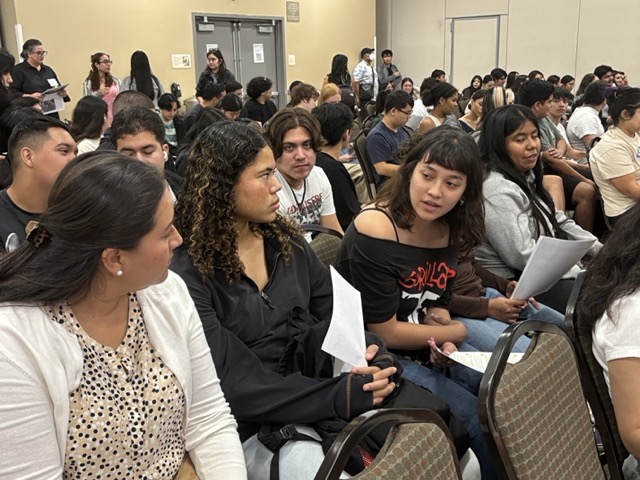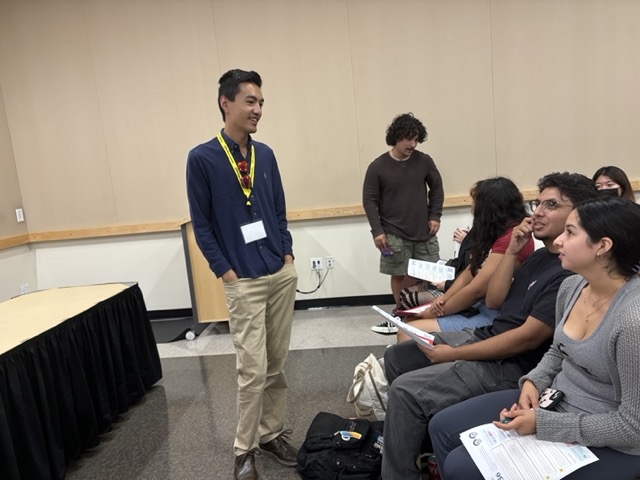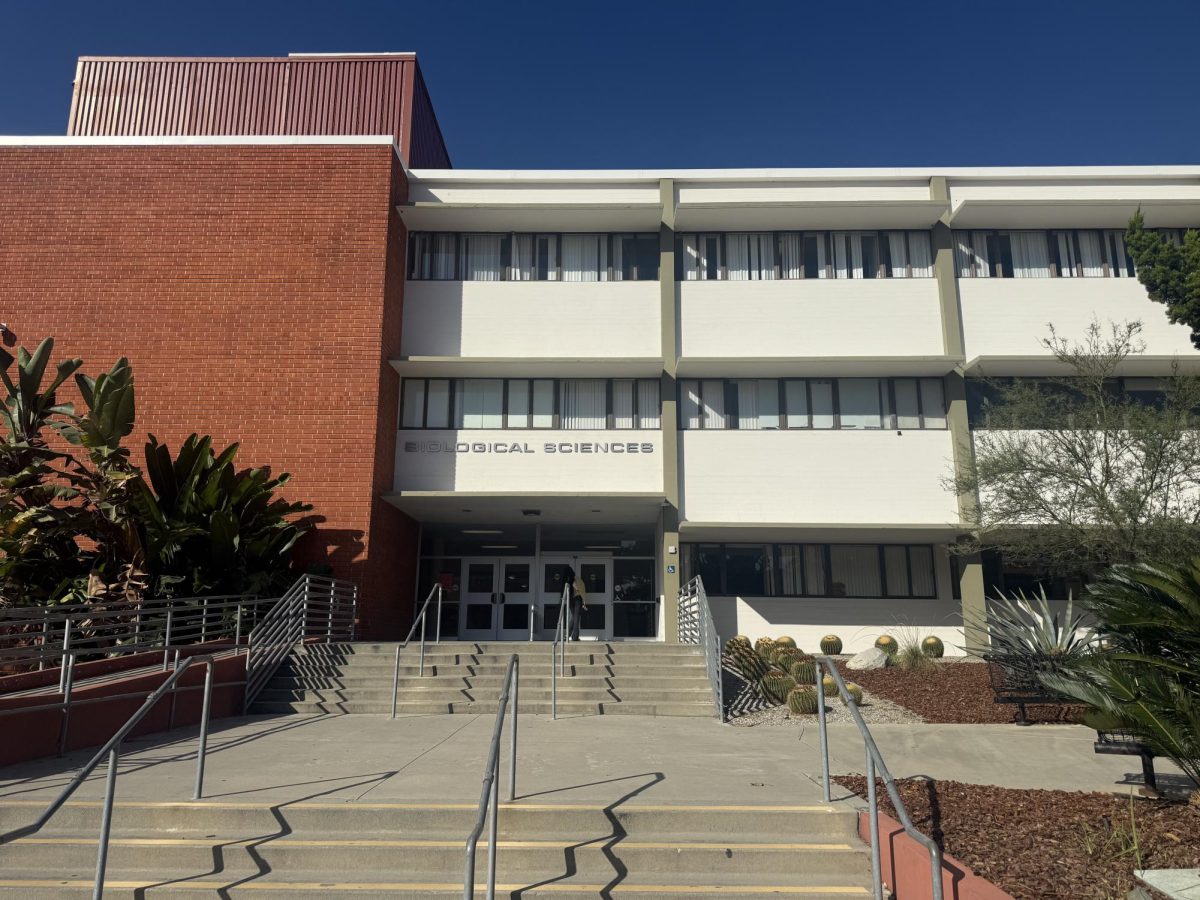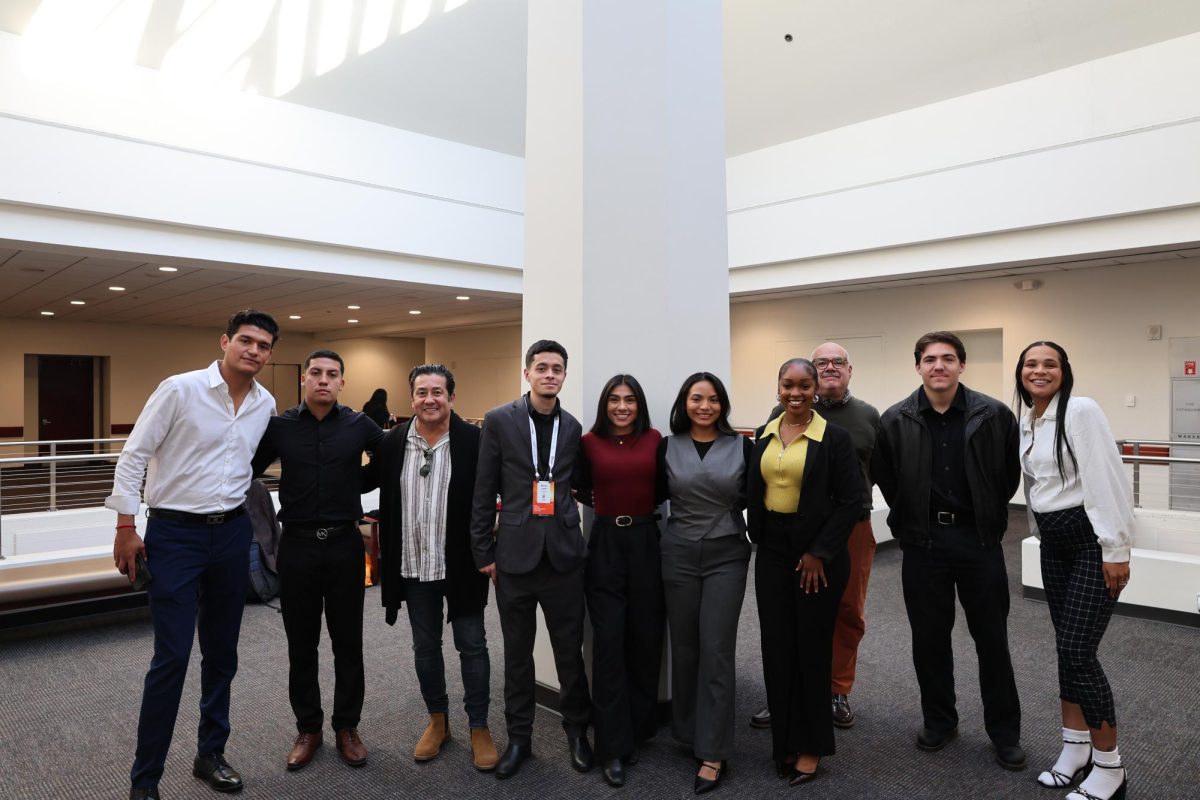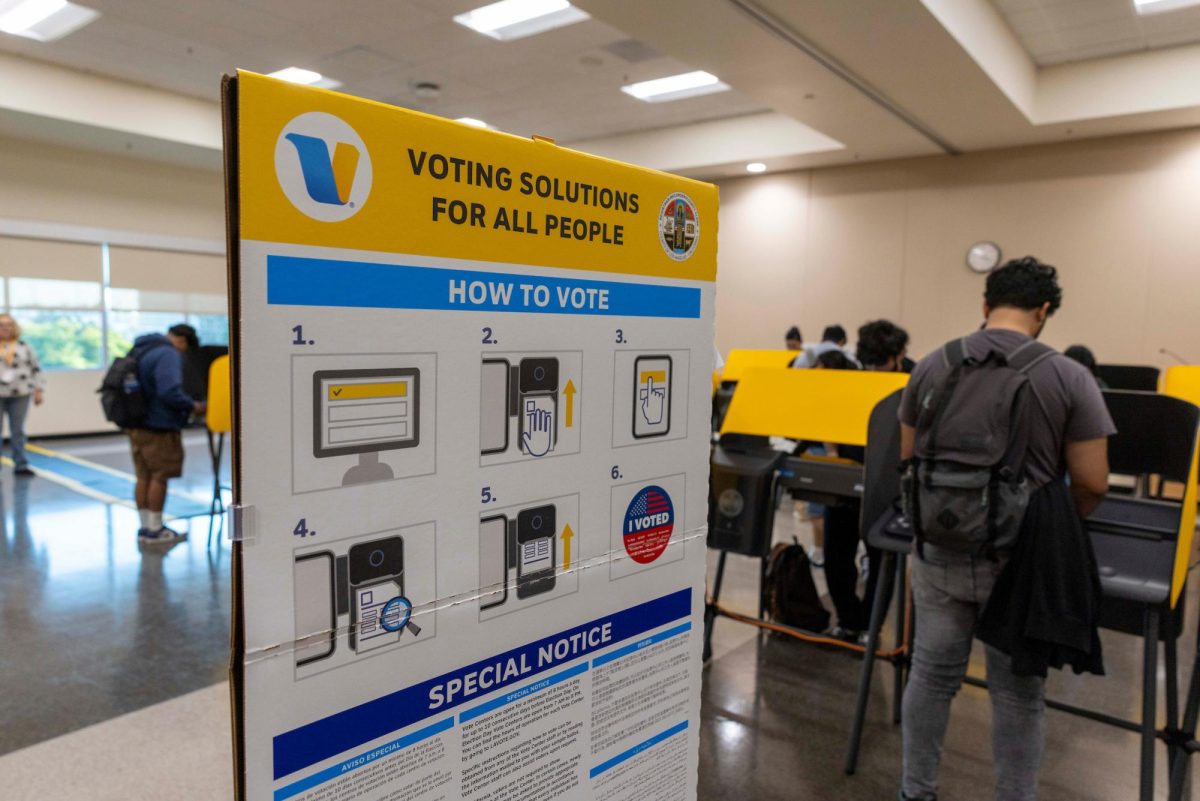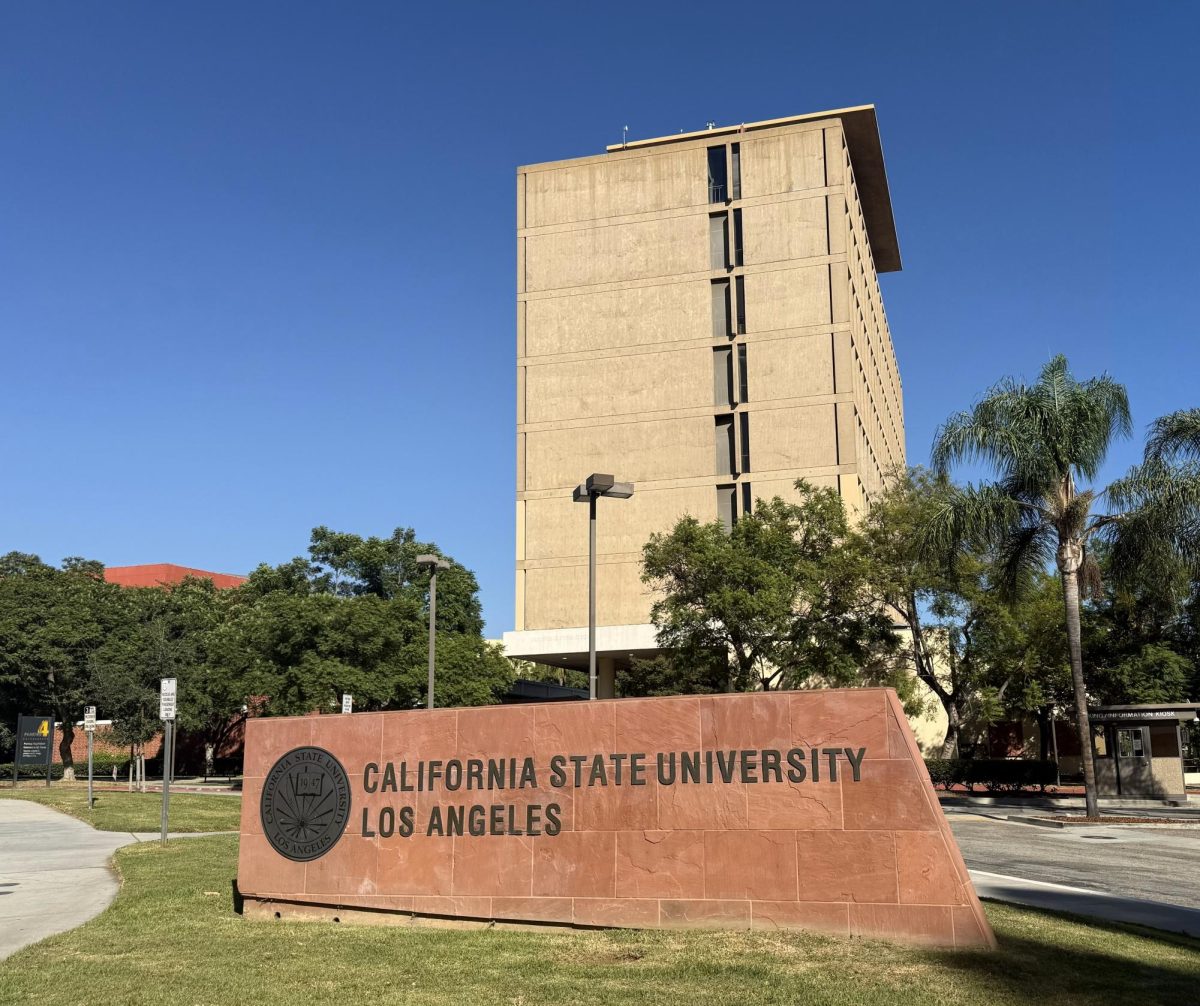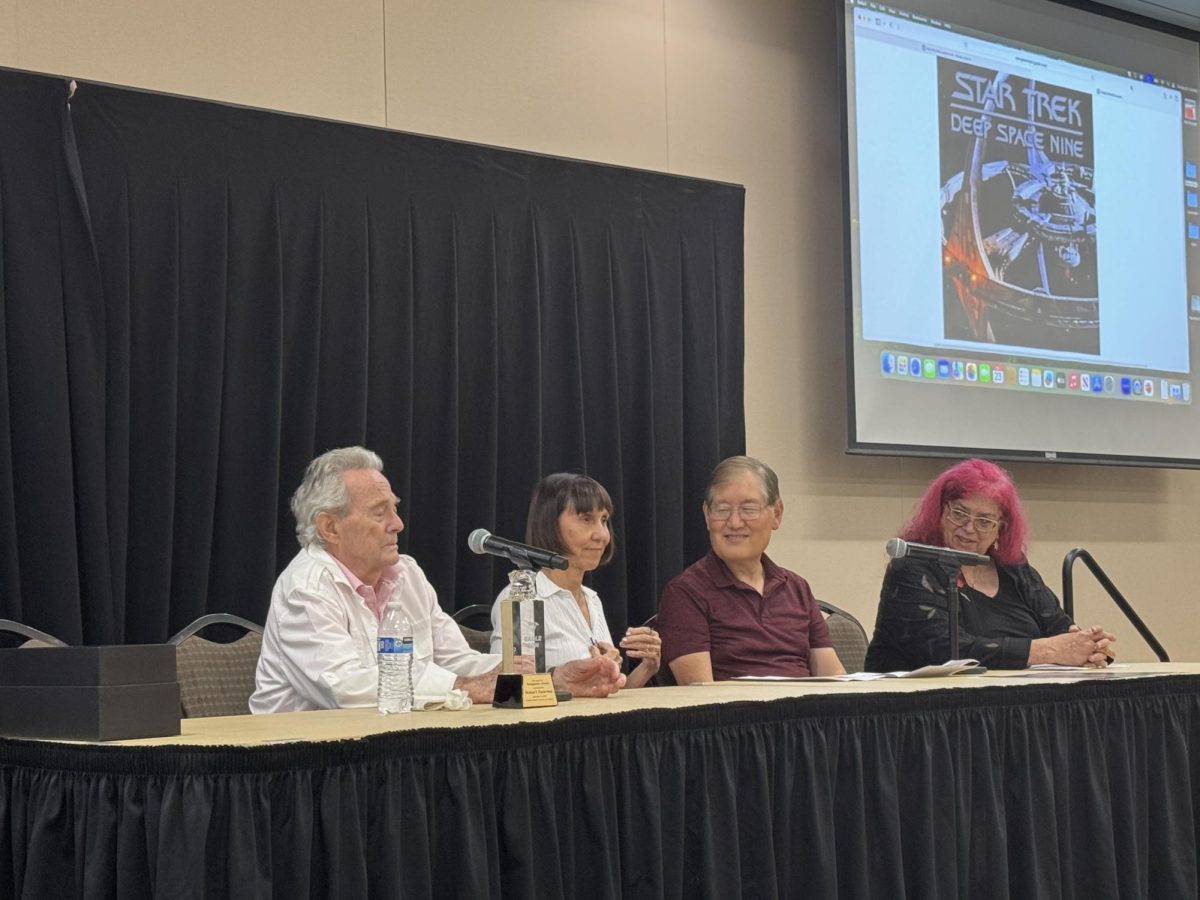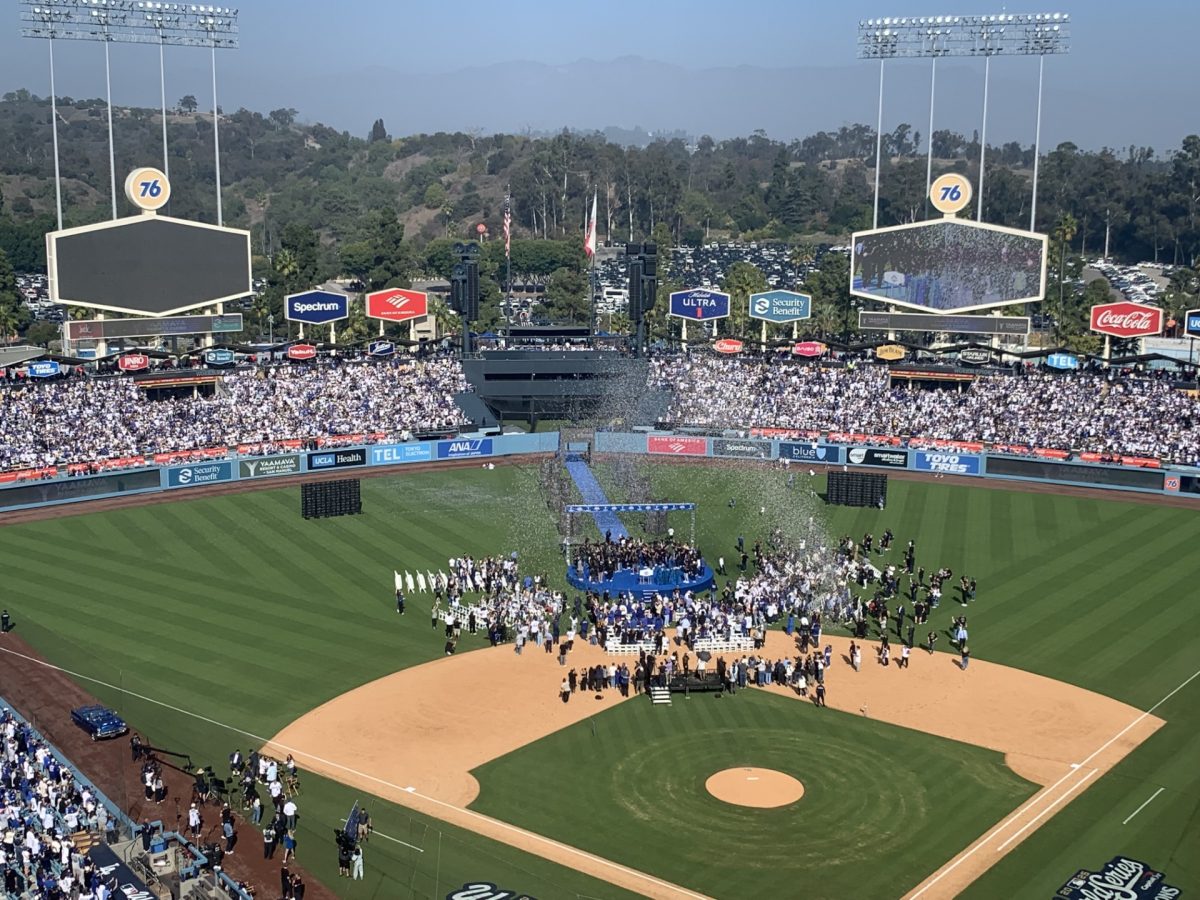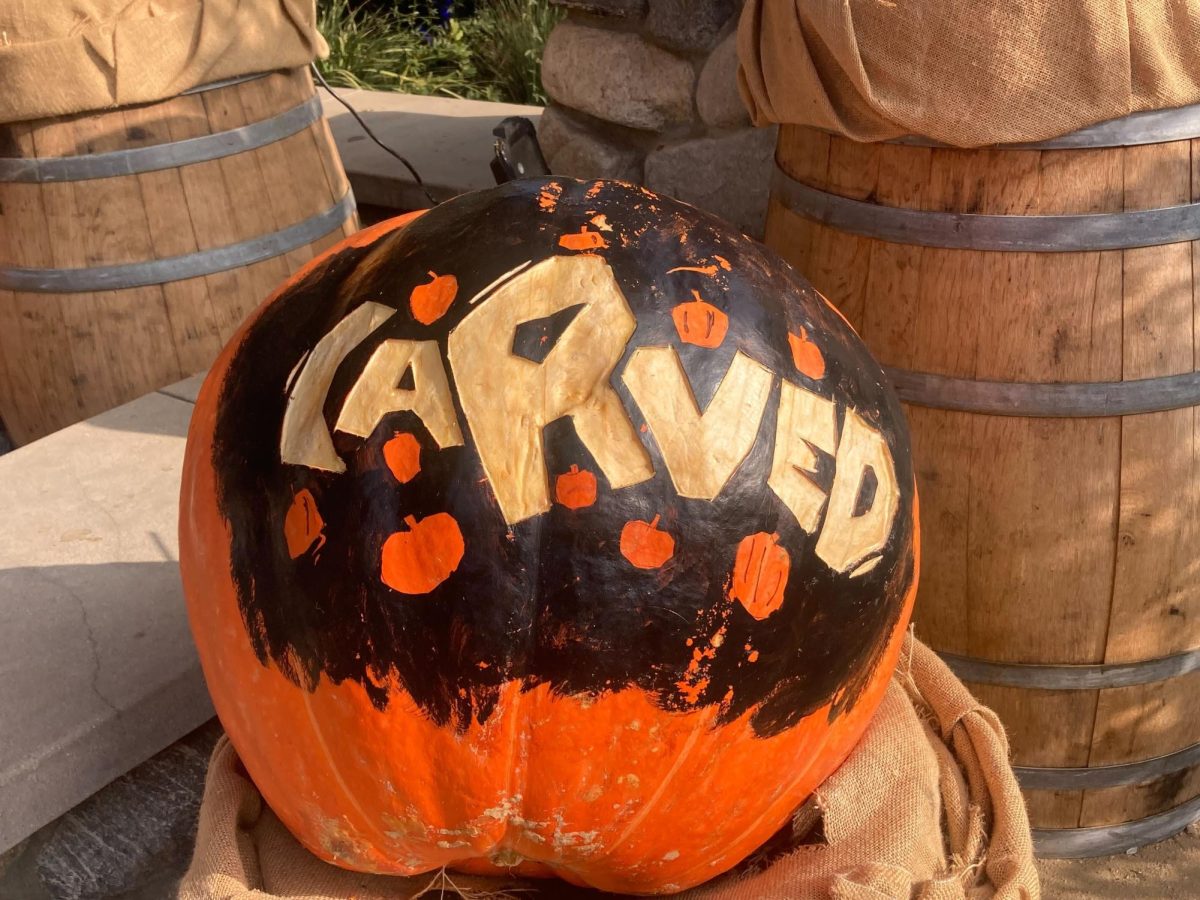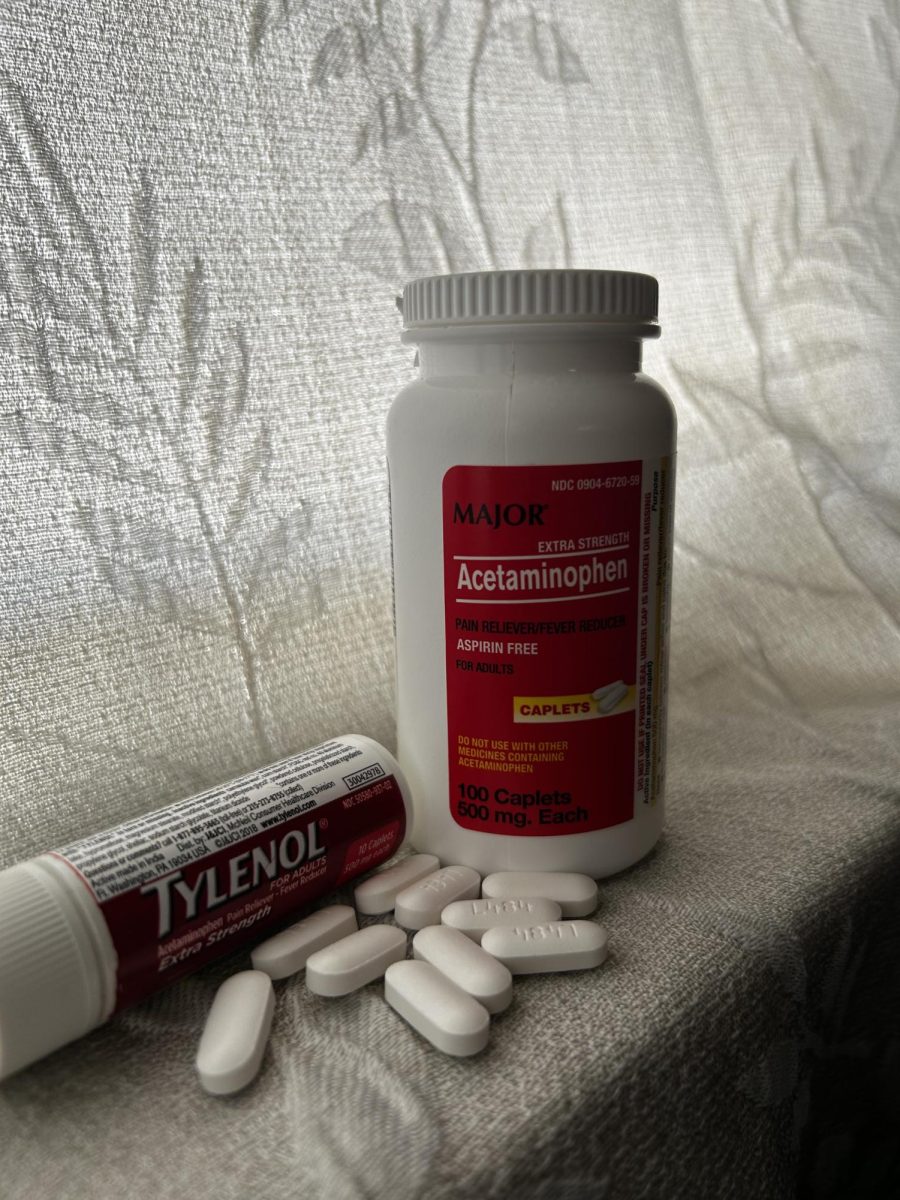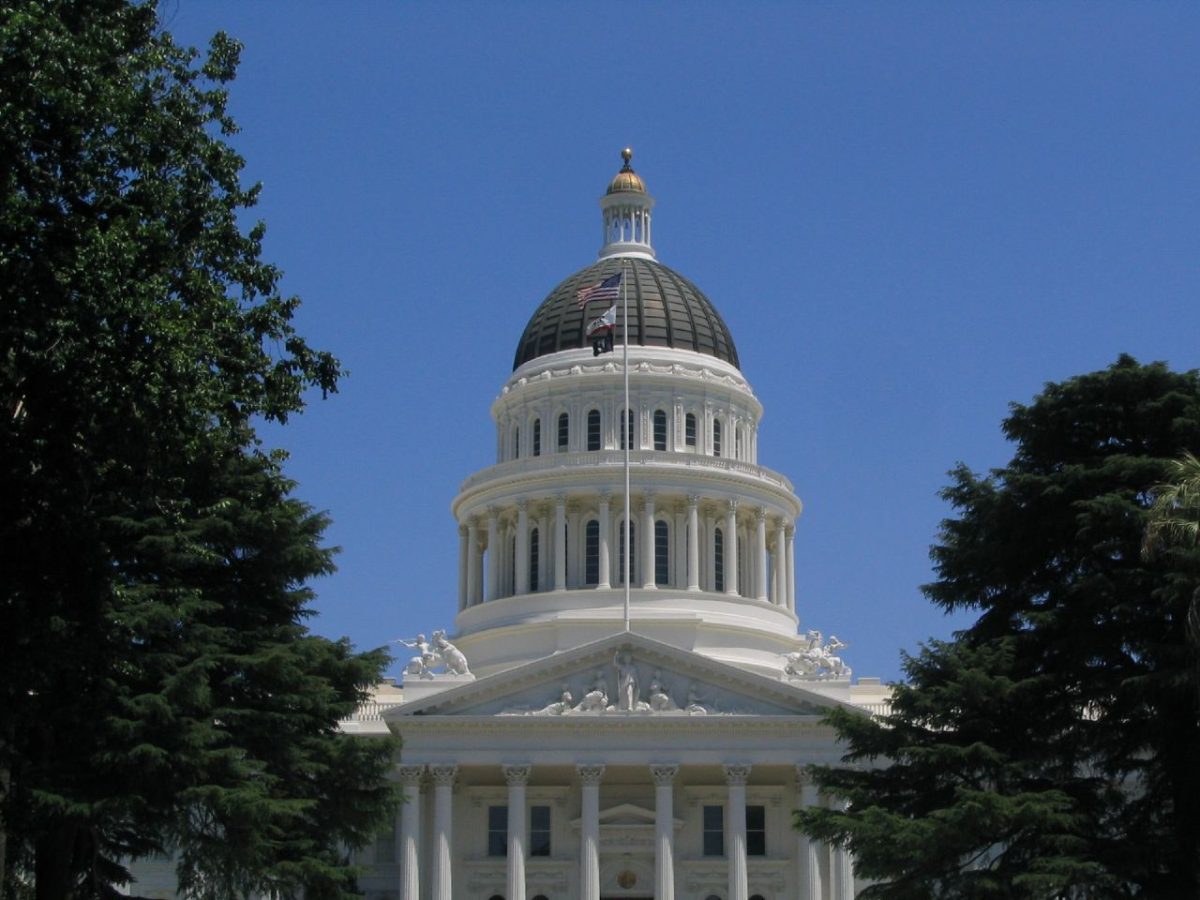Ballot propositions are expected to be highly prioritized in the Nov. 5 election. With measures like Proposition 33 raising hundreds of millions of dollars on advertising for and against it, voters will make choices on topics like education funding, prisoner voting, and rent control.
They can also be highly confusing for students and citizens alike.
“Sometimes you think yes means no. You think no means yes,” said CalMatters partnership manager Dan Hu. “The people that wrote those propositions worded it that way intentionally, so these are confusing things.”
Senior social work major Alexandria Ortiz felt that confusion before entering “Breaking Down the Ballot: Burritos and Ballot Measures” on Thursday, Oct. 10. After the event, however, she left with newfound clarity on these hot-button issues.
“It really helped to break down some of the props and measures that are on the ballot this year,” said Ortiz.
The event was hosted by Associated Students Incorporated (ASI) and the Pat Brown Institute for Public Affairs. This non-partisan event filled the Los Angeles Room on the third floor of the University Student Union with students eager for free food and information about ballot propositions. Speakers from the LA County Registrar’s Office, CalMatters and the League of Women Voters of Greater LA discussed voting logistics and broke down key state and local measures.
According to Pat Brown Institute Executive Director Sascha Brown Rice, the event had to stop letting people into the venue since the room was filled.
“We had a really large turnout. I only wish we had a larger room because we did have to turn some folks,” said Rice.
The event’s three speakers represented nonpartisan political groups who explained different facets of ballot propositions to guests.
The first speaker was Analí Díaz from the LA City Clerk’s office. She first informed the crowd about what the clerk’s office does during election season, like ballot translations, before shifting to general voter information and important dates like the registration deadline and when voting centers open up. Díaz concluded her presentation by explaining how voters can look up their ballot status online.
Hu was the next speaker on the podium. He explained three propositions on this year’s state ballot, Propositions 2, 33, and 36.
Proposition 2 focused on education funding and would grant $10 billion in loans to repair aging K-12 and community college facilities if approved. Proposition 33 dealt with rent control, asking voters if the state should cease its control of rent costs and grant that power to city governments. Finally, Proposition 36 would increase the penalties for petty theft and drug crimes.
Hu’s segment included plenty of audience participation, asking the audience what they knew about politics and allowing them to discuss what they thought of the propositions with their neighbors. To Hu, that communication helps teach people about civic engagement.
“I think people need to be able to sit and talk face to face about local issues, local issues that honestly will affect your life, sometimes more than the national election,” said Hu.
Hu’s segment proved popular with students like senior social work major Alexandria Ortiz.
“I definitely liked Dan’s presentation just because I felt like he was a little more interactive with the crowd,” said Ortiz.
The last speaker was Rosemary Enzer from the League of Women Voters of Greater Los Angeles. Although they’re considered a nonpartisan group, the organization does vocalize support or opposition to certain propositions.
Enzer did not present any of the League’s positions. Instead, she delved into multiple local measures for LA County, like Measure A, which would introduce a permanent half-cent sales tax.
Brown Rice hoped students received clarity on the measures presented at the event and became inclined to vote.
“I really hope that folks just feel inspired to vote because everybody’s voice does matter,” Rice said.

